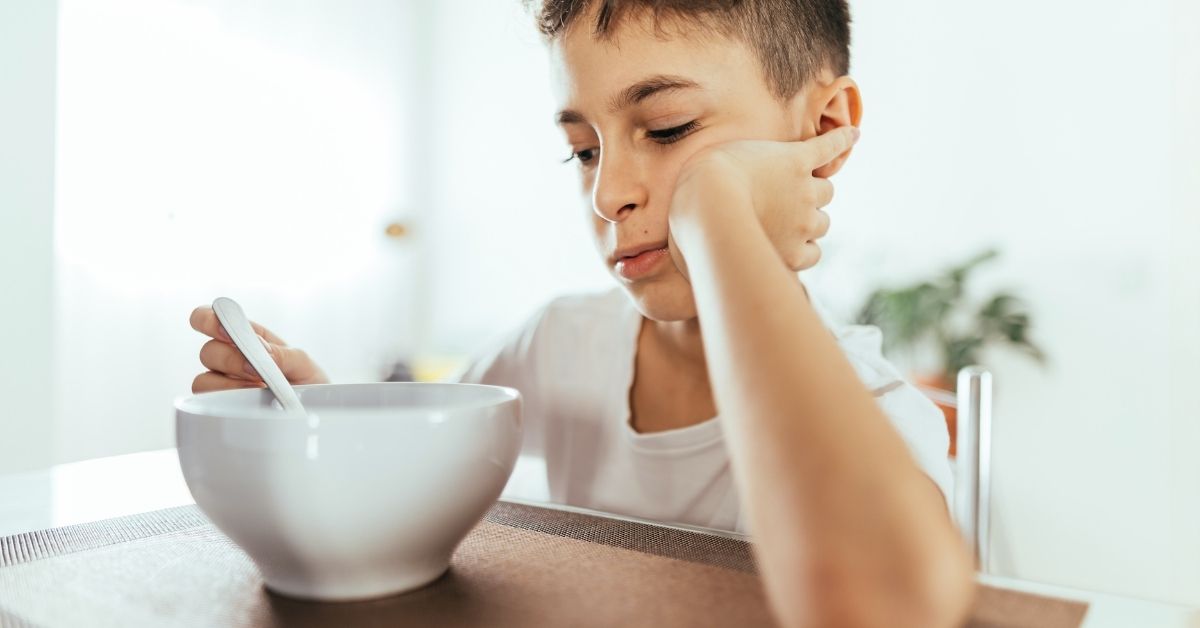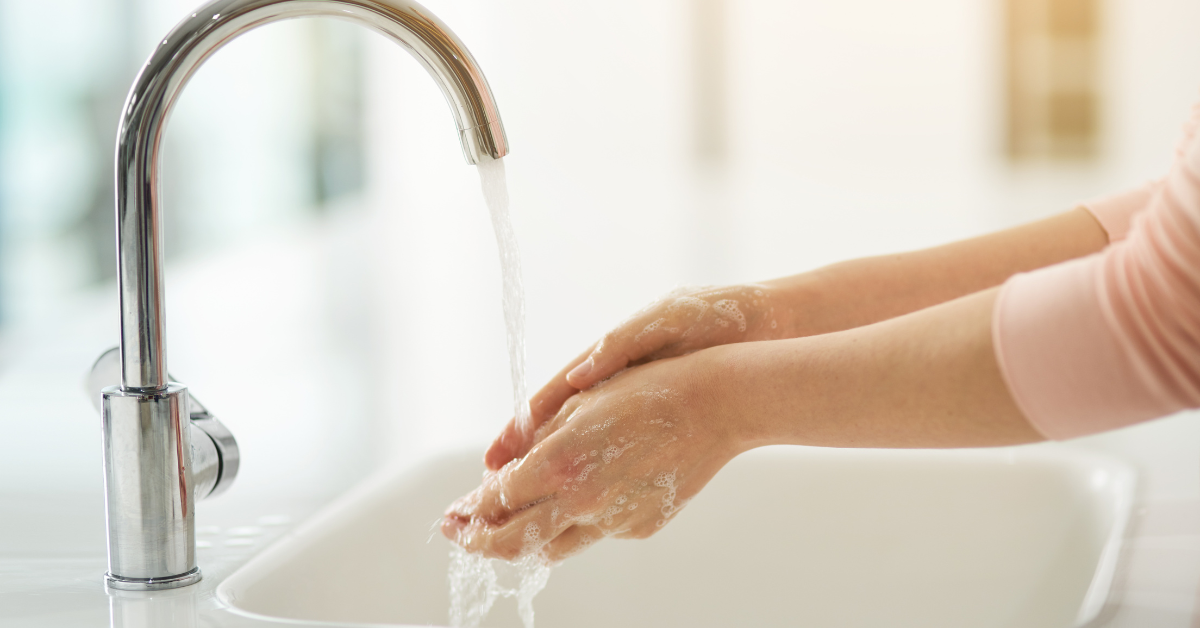In pediatric dentistry, ensuring a sterile environment is essential to protect young patients from infections. Sterilization is a process that kills or removes all types of pathogens—viruses, bacteria, and fungi—that can cause infections. Since children often have developing immune systems, maintaining strict sterilization practices becomes even more critical in their dental care. For parents, understanding sterilization standards and knowing what to look for in a clinic can provide peace of mind and protect their child’s health.
What is Sterilization?
Sterilization in dental practice refers to the complete elimination of all microbial life on instruments, surfaces, and materials. This process helps prevent cross-contamination between patients and maintains a safe environment for every procedure. In pediatric dentistry, where young patients may be more prone to infection, sterilization is especially important.
Methods of Sterilization in Dentistry
1. Autoclaving (Steam Sterilization): This is one of the most effective methods, using pressurized steam to kill bacteria, viruses, and spores on dental instruments.
2. Dry Heat Sterilization: Instruments are subjected to high heat in a dry environment, which can also effectively kill pathogens.
3. Chemical Sterilization: Chemicals such as glutaraldehyde can sterilize heat-sensitive instruments by immersing them for a specified period.
4. Ultrasonic Cleaning: Before sterilization, instruments may be placed in an ultrasonic cleaner that uses sound waves and a cleaning solution to remove debris.
Each method is tailored to the type of instrument or surface, and all are critical in maintaining a sterile environment in the clinic.
Questions to Ask About Sterilization
As a parent, being informed about sterilization can help you ensure your child’s safety during dental visits. Here are some questions you may want to ask the clinic before your child’s appointment:
• How often are instruments sterilized?
• What methods of sterilization are used for pediatric equipment?
• Are disposable items used where appropriate?
• How does the clinic ensure sterilization standards are met?
Signs of a Well-Sterilized Environment
You can be vigilant and observe the following indicators of good sterilization practices in the clinic:
• Sterilization Pouches: Instruments should be in sealed, sterile pouches that are only opened in front of patients.
• Disposable Covers: Items like gloves, masks, and patient bibs should be disposable and replaced after every patient.
• Clean and Organized: A clean, organized environment with minimal clutter suggests a focus on hygiene.
• Visible Handwashing and Sanitization: Staff should be seen following handwashing and sanitization protocols.
Conclusion
Sterilization is the backbone of a safe dental experience, especially in pediatric dentistry. With the proper sterilization methods, the risks of infection are significantly minimized, allowing your child to receive dental care safely. As a parent, staying informed and observant can help you ensure your child receives the highest standard of care in a safe environment.









